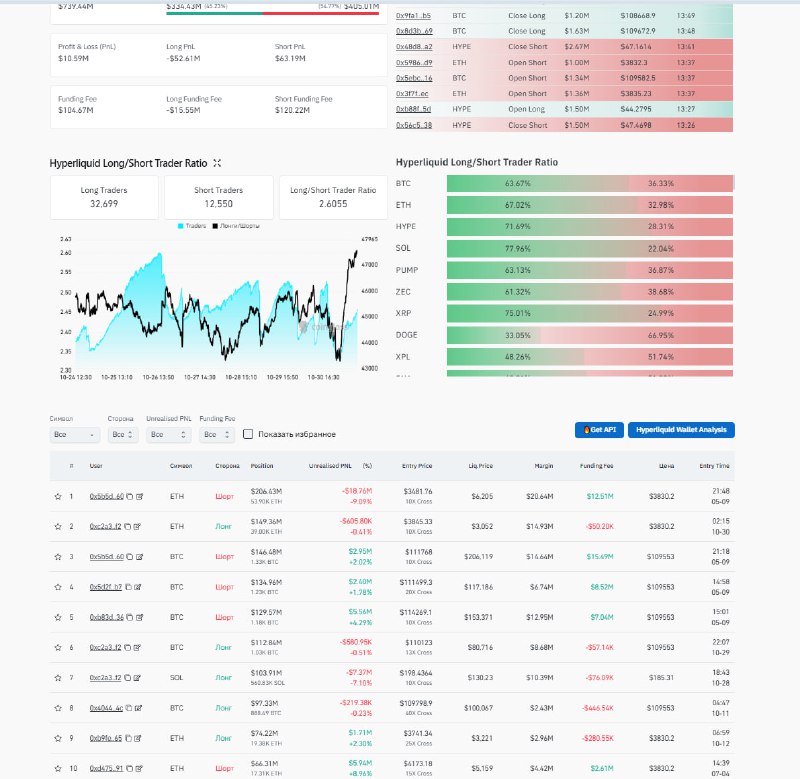U.S. M2 money supply growth has reached a three-year high for the third consecutive month, signaling a sustained pickup in liquidity. Recent Federal Reserve data point to continued expansion in the money stock, a trend that could influence inflation expectations, monetary policy, and risk assets including cryptocurrencies.
M2 is a broad measure of money in circulation, encompassing cash, checking deposits, savings accounts, small time deposits, and retail money market funds. After surging during the 2020–2021 pandemic stimulus period, M2 growth slowed sharply—and even contracted at times—through 2022–2023 as the Federal Reserve tightened financial conditions. The latest upswing suggests easing liquidity at the margins, though the pace and durability of this trend remain key questions for markets.
An acceleration in money supply growth can support asset prices by increasing available liquidity, but it may also revive inflationary pressures if demand outpaces supply. The Federal Reserve remains data-dependent, and any persistent rise in money growth could feed into debates around the path of interest rates and balance sheet policy in upcoming meetings. Investors across equities, bonds, and digital assets will be watching whether the momentum in M2 persists.
Crypto markets often respond to shifts in dollar liquidity. While correlation is not causation, periods of expanding money supply have historically coincided with stronger risk appetite, including in Bitcoin and broader digital assets. Continued growth in M2 could therefore be a supportive backdrop, provided inflation remains contained and policy expectations do not tighten materially as a result.
For official data and methodology, see the Federal Reserve’s Money Stock Measures (H.6) release: https://www.federalreserve.gov/releases/h6.htm
Looking ahead, upcoming monthly releases will clarify whether the current three-month streak marks a durable turn in U.S. liquidity or a temporary bounce.
